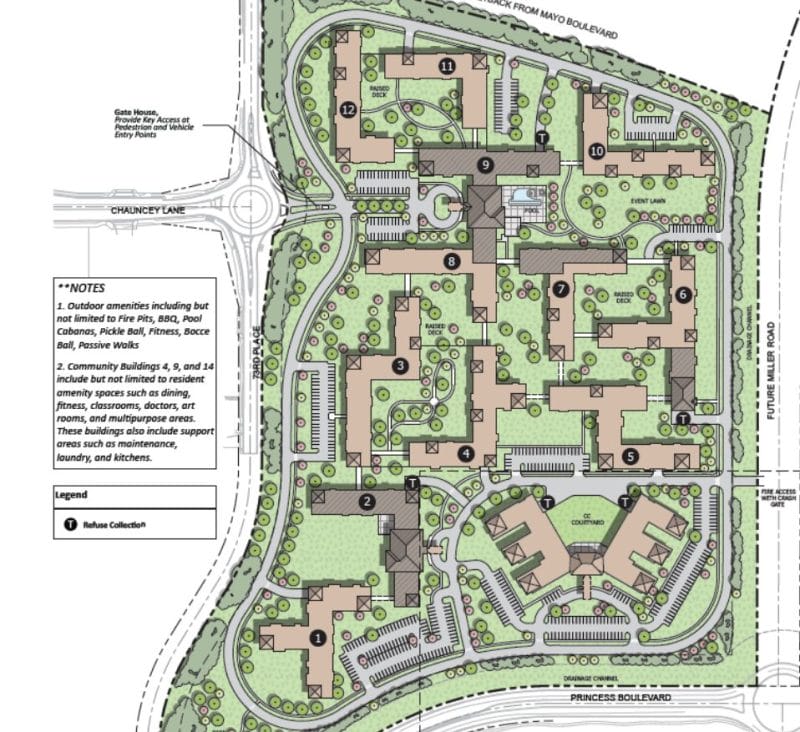
ScienceDaily
The entire Colorado River Basin currently supports 50 million people, and that amount is expected to increase by 23 million between 2000 and 2030. On average, 90 percent of streamflow in the Colorado River Basin originates in the Upper Basin, which is the area above Lees Ferry, Arizona. This water has a multitude of uses that include irrigation, municipal and industrial purposes, electric power generation, mining activities, recreation, and supporting habitat for livestock, fish and wildlife.
Scientists used a new method to more accurately estimate the percentage of groundwater that supports streamflow. Researchers studied long-term records of water chemistry and streamflow data at 146 sites in the Upper Colorado River Basin in Colorado, Utah, New Mexico and Arizona. These data were then analyzed to create a model to predict and map where streamflow originates in the basin. On average, 56 percent of the streamflow in the basin originated from groundwater.
“These findings could help decision makers effectively manage current and future water resources in the Colorado River Basin,” said Matthew Miller, a USGS scientist and the lead author of the study. “In light of recent droughts, predicted climate changes and human consumption, there is an urgent need for us all to continue to think of groundwater and surface water as a single resource.”
The model estimates the amount of water lost during stream transport to the Lower Colorado River Basin, which is due largely to withdrawals for irrigation and evaporation to the atmosphere. In the high elevation headwaters of the Colorado River Basin, there is a greater percentage of snowmelt and precipitation contributing to the surface-water streamflow. As water flows further into the basin at lower elevations, a greater percentage of streamflow is from groundwater.
These results provide a modeled snapshot of present-day groundwater and surface water conditions at a regional scale and will serve as a foundation for future studies that predict groundwater response to climate and human induced change.
“This is a step in the right direction to further our ability to address regional to global scale water management challenges in both the Upper Colorado River Basin and other watersheds throughout the world,” said Miller.
Water data were analyzed using the USGS Spatially Referenced Regressions On Watershed attributes (SPARROW) water-quality modeling framework. Information on SPARROW modeling applications, data and documentation can be accessed online.







